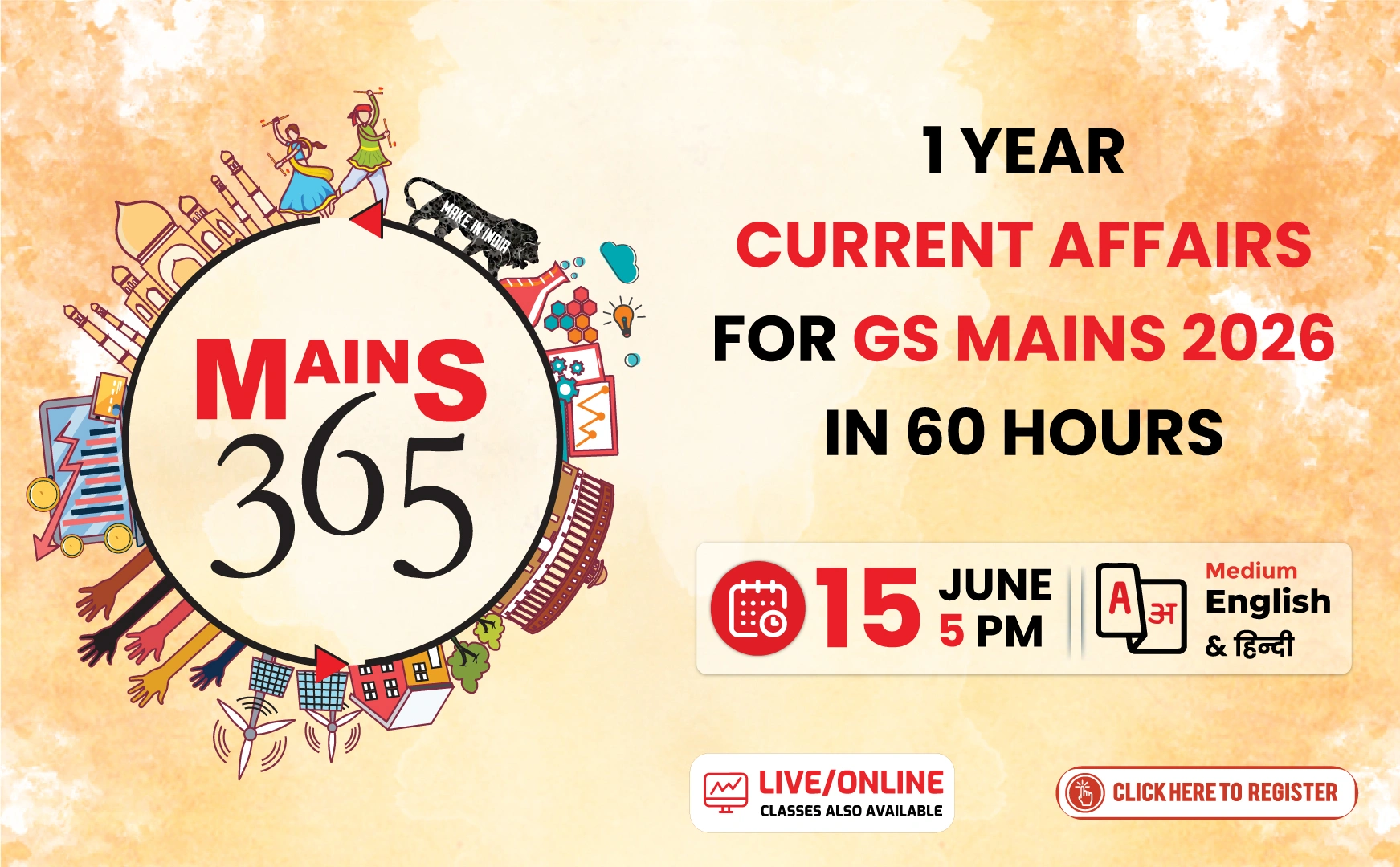NITI Aayog's Roadmap for AI-Driven Economic Growth
A new report by the NITI Aayog outlines strategies for enhancing economic growth through the adoption of artificial intelligence (AI). The report projects significant contributions to India's GDP by 2035, emphasizing productivity improvements and innovation.
Economic Projections
- AI is expected to contribute an additional $500-600 billion to GDP from productivity improvements.
- Leapfrogging innovation in R&D could contribute another $280-475 billion.
India's Competitive Edge
India possesses a unique combination of a large tech-oriented workforce, expanding digital infrastructure, and a growing R&D ecosystem, positioning it to capture 10-15% of the global AI value pool.
IndiaAI Mission
- Budget allocation: Over ₹10,000 crore.
- Focus areas:
- Deployment of data labs and graphics processing units (GPUs).
- Development of India-specific large language models.
- Integration of AI into the national skilling agenda.
Sectoral Opportunities
- Pharmaceutical Sector: AI can reduce drug discovery costs and timelines, aiding the transition from generics to global innovation.
- Automotive Sector: AI can revolutionize design, testing, and assembly, positioning India as a leader in next-gen mobility.
Challenges and Regulatory Framework
The report highlights the challenge of balancing technology adoption and regulatory frameworks. The Digital Personal Data Protection (DPDP) Act will address data privacy concerns.
Human-Capital and Skill Development
- AI is expected to create high-skilled jobs but may displace routine, low-skill jobs.
- Strategies needed:
- Upskilling the workforce.
- Reskilling displaced workers.
- Democratizing access to AI capabilities for small businesses and underrepresented regions.
Path to Responsible AI Adoption
India should invest in sovereign infrastructure, develop sector-specific data platforms, foster an adaptable AI-skilling ecosystem, and ensure equitable access to unlock economic growth and build resilient businesses.



